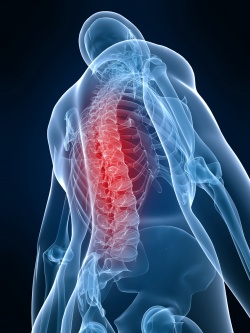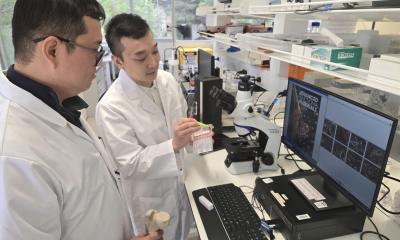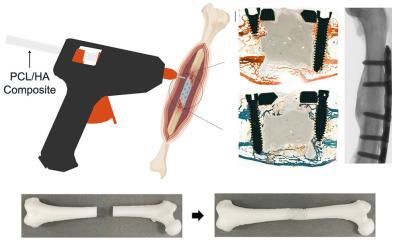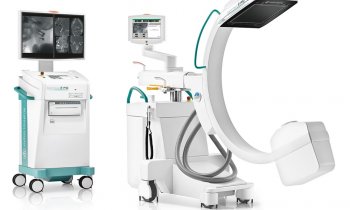Implants
Using 'Pacemakers' in spinal cord injuries
Researchers from Charité – Universitätsmedizin Berlin and EPFL, Lausanne have succeeded in restoring motor function following spinal cord injury. The researchers were able to show that coordinated muscle movement is the result of alternating activation patterns emanating from the spinal cord. Newly-developed implants, which use electrical stimulation to mimic these signals, were used to target and reactivate specific segments of the spinal cord.

Paraplegia is the result of traumatic injury to the spinal cord. Communication between the brain and spinal cord is disrupted, which often leads to severe functional impairment and life-long paralysis. Research studies have shown that the spinal cord is capable of producing coordinated movements in response to electrical or chemical stimulation, even in the absence of signals from the brain. “Our aim is to use electrical stimulation to restore spinal cord function below the site of injury. We are hoping to succeed in enhancing the body's own ability to produce voluntary movement by mimicking the natural spinal cord activity as closely as possible,” explains Dr. Nikolaus Wenger, who is involved in research at Charité's Department of Neurology and the Berlin Institute of Health.
Using an animal model, the team of European researchers was able to show that leg movements are associated with a wave-like activation of specific sections of the spinal cord. “In order to be able to reproduce this activity in paraplegic individuals, we developed permanent implants that are capable of selectively activating the spinal cord,” says Dr. Wenger. Both strength and balance during locomotion can be improved by stimulating the spinal cord in the right place at the right time. The researchers' innovative implants and stimulation protocols allow the spinal cord to be activated based on continuous motion feedback.
Electrical stimulation of the spinal cord can also be used to generate movement in humans, which is why researchers are currently in the process of finding ways to translate these findings into clinical applications. This new method of stimulating the spinal cord may contribute to the development of improved treatments for patients with paraplegia. Following further developments, these new treatment approaches may also be adaptable for use in stroke research.
Source: Charité – Universitätsmedizin Berlin
22.02.2016











